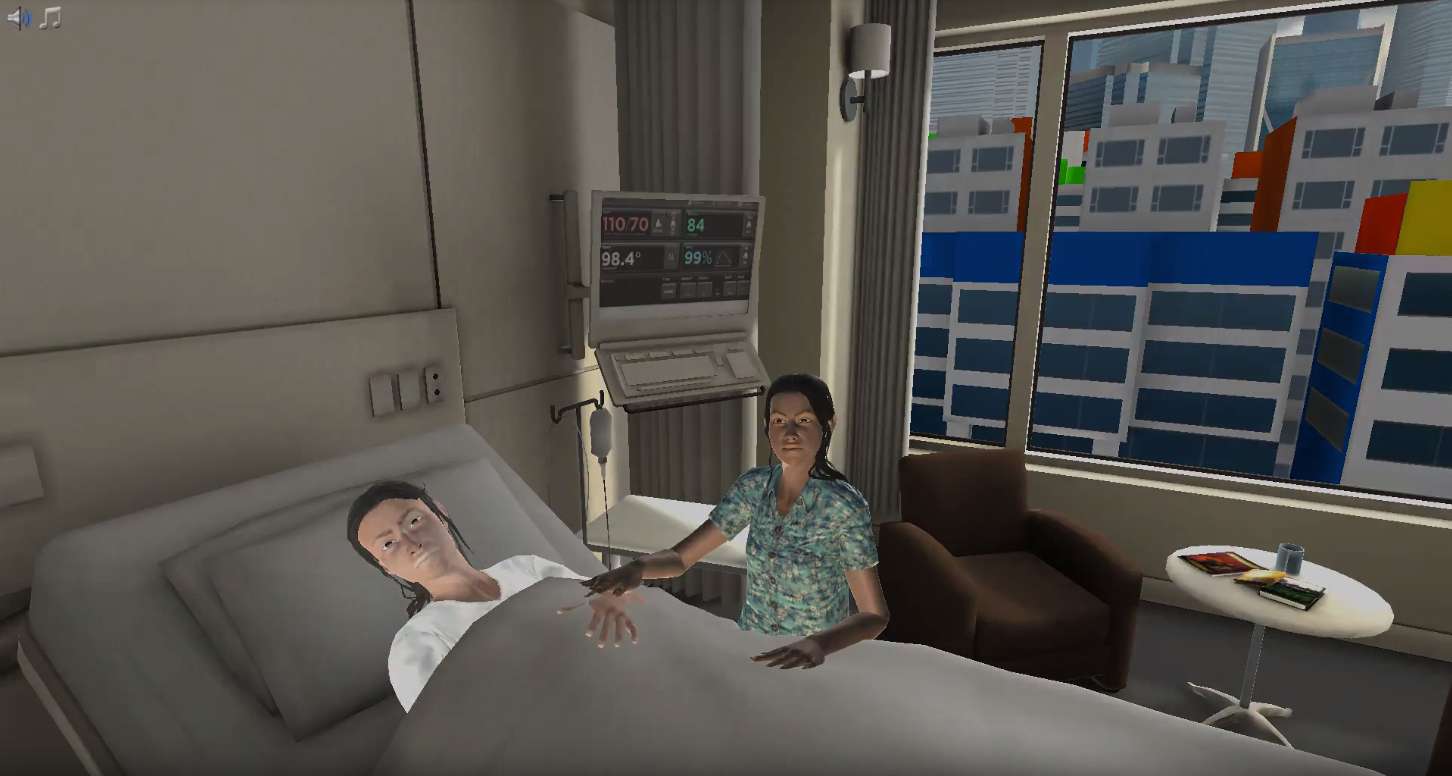Heading 1
Heading 2
Heading 3
Heading 4
Heading 5
Heading 6
Lorem ipsum dolor sit amet, consectetur adipiscing elit, sed do eiusmod tempor incididunt ut labore et dolore magna aliqua. Ut enim ad minim veniam, quis nostrud exercitation ullamco laboris nisi ut aliquip ex ea commodo consequat. Duis aute irure dolor in reprehenderit in voluptate velit esse cillum dolore eu fugiat nulla pariatur.
Block quote
Ordered list
- Item 1
- Item 2
- Item 3
Unordered list
- Item A
- Item B
- Item C
Bold text
Emphasis
Superscript
Subscript
About This Simulation
In the Nuclear Magnetic Resonance simulation, you will learn how to use NMR to characterize binding events between proteins and ligands. You will perform NMR experiments and interpret the resulting spectra. Will you be able to help improve an existing antibiotic in order to reduce its side effects?
Learning Objectives
- Understand how to perform NMR experiments
- Understand how to analyze NMR spectra
About This Simulation
Lab Techniques
- NMR
Related Standards
- No direct alignment
- No direct alignment
- No direct alignment
Learn More About This Simulation
Get your spin magnetized with NMR! In this simulation, you will learn about the nuclear magnetic resonance (NMR) technique from both a theoretical and practical perspective. In order to succeed, you will need to work with the instrument hands-on, preparing and running samples on it, and analyze the data.
Exploring protein-antibiotic interactions
Your mission will be to investigate how a common antibiotic may sometimes cause unwelcome side effects. After getting into the basics of how NMR works, you will explore how this antibiotic interacts with a protein in the kidneys, leading to kidney malfunction. Identifying the key interaction points is crucial in the work to improve the drug!
Running your own NMR samples
There are several distinct ways to use NMR. In your work in the virtual lab, we will discuss both isotope options, as well as 1-, 2- or 3-dimensional NMR. You will help decide which one is most suitable for the research questions we’re trying to answer. After preparing, loading and running your samples on the NMR instrument, you will need to interpret the produced spectra. Don’t worry, your lab assistant will be there to guide you!
Side effects that keep people sick
To complete your mission, you will have to understand the aspects of NMR well enough to identify the key interaction points between the kidney protein and the antibiotic so we can look into modifying these sites and avoid the interaction.
Will you be able to help reduce the side effects of this drug?
For Science Programs Providing a Learning Advantage
Boost STEM Pass Rates
Boost Learning with Fun
75% of students show high engagement and improved grades with Labster
Discover Simulations That Match Your Syllabus
Easily bolster your learning objectives with relevant, interactive content
Place Students in the Shoes of Real Scientists
Practice a lab procedure or visualize theory through narrative-driven scenarios


FAQs
Find answers to frequently asked questions.
Heading 1
Heading 2
Heading 3
Heading 4
Heading 5
Heading 6
Lorem ipsum dolor sit amet, consectetur adipiscing elit, sed do eiusmod tempor incididunt ut labore et dolore magna aliqua. Ut enim ad minim veniam, quis nostrud exercitation ullamco laboris nisi ut aliquip ex ea commodo consequat. Duis aute irure dolor in reprehenderit in voluptate velit esse cillum dolore eu fugiat nulla pariatur.
Block quote
Ordered list
- Item 1
- Item 2
- Item 3
Unordered list
- Item A
- Item B
- Item C
Bold text
Emphasis
Superscript
Subscript
A Labster virtual lab is an interactive, multimedia assignment that students access right from their computers. Many Labster virtual labs prepare students for success in college by introducing foundational knowledge using multimedia visualizations that make it easier to understand complex concepts. Other Labster virtual labs prepare learners for careers in STEM labs by giving them realistic practice on lab techniques and procedures.
Labster’s virtual lab simulations are created by scientists and designed to maximize engagement and interactivity. Unlike watching a video or reading a textbook, Labster virtual labs are interactive. To make progress, students must think critically and solve a real-world problem. We believe that learning by doing makes STEM stick.
Yes, Labster is compatible with all major LMS (Learning Management Systems) including Blackboard, Canvas, D2L, Moodle, and many others. Students can access Labster like any other assignment. If your institution does not choose an LMS integration, students will log into Labster’s Course Manager once they have an account created. Your institution will decide which is the best access method.
Labster is available for purchase by instructors, faculty, and administrators at education institutions. Purchasing our starter package, Labster Explorer, can be done using a credit card if you are located in the USA, Canada, or Mexico. If you are outside of North America or are choosing a higher plan, please speak with a Labster sales representative. Compare plans.
Labster supports a wide range of STEM courses at the high school, college, and university level across fields in biology, chemistry, physics, and health sciences. You can identify topics for your courses by searching our Content Catalog.















